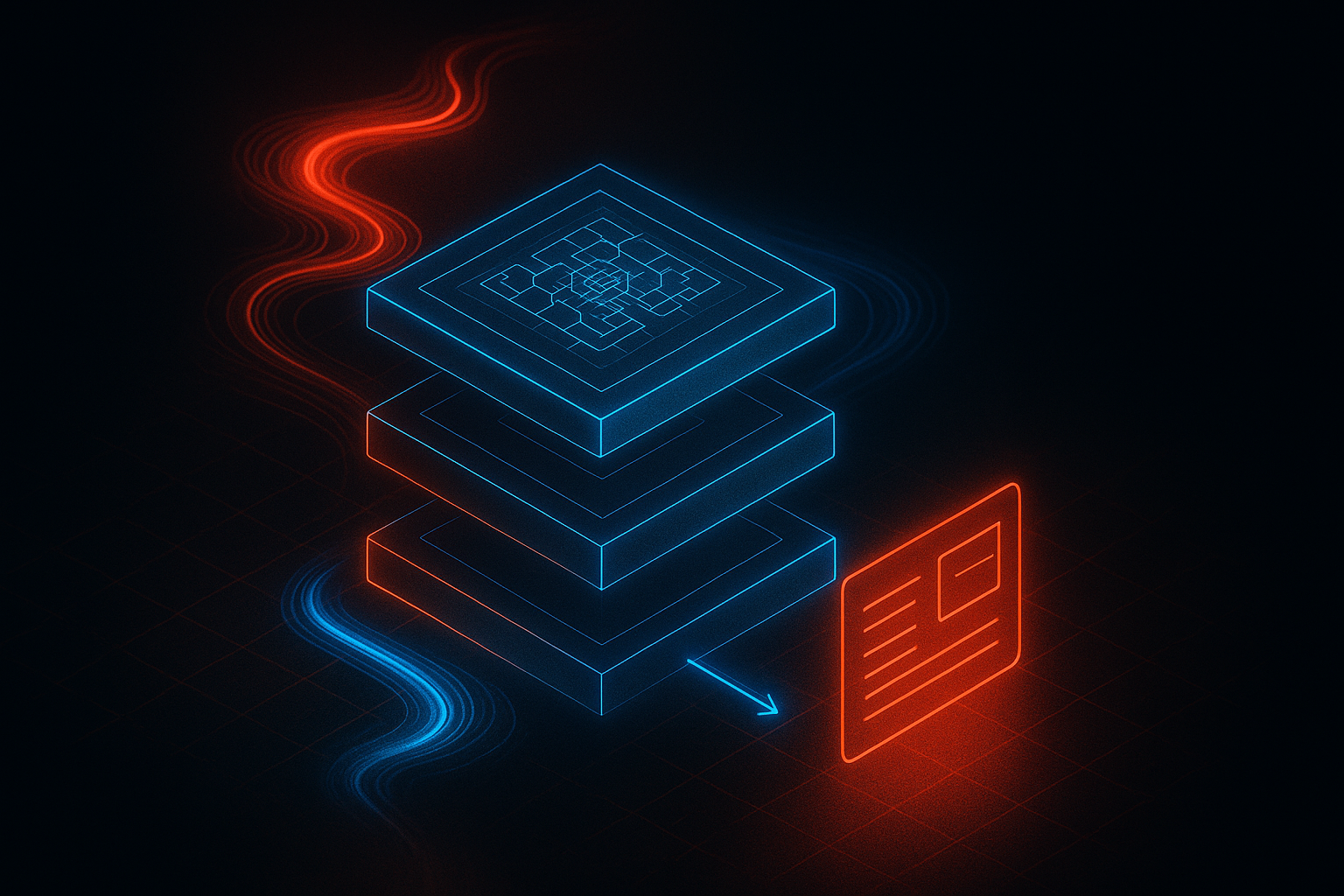The changing face of design
AI is a transformational technology that is opening up new possibilities for designers and will challenge them to think in innovative, AI-first ways that push the practice of design forward.


At the dawn of the internet, a new breed of designer emerged: the Web Designer. These pioneers were part developer, part creative, and part HTML hacker — designing and coding by hand to push the boundaries of what was possible. Despite the constraints of unpredictable browsers and slow dial-up connections, Web Designers innovated by getting in the weeds. They learned the web's limitations and worked within them creatively. As a result, we saw rapid innovation online.
As web browsers and standards matured, designers worked to reshape the web. And as the internet matured, the raw edges smoothed out. Web standards evolved. Browsers behaved more predictably. Common design patterns emerged. Frameworks like Bootstrap and React transformed the frontend. A designer needed to know less about the web's constraints because it was capable, flexible, and stable. With the right idea, a designer could make a website into almost anything.
Design shifted from “how do we build this?” to “what should we build?”. UX designers handled flows and reduced friction, visual designers owned craft and storytelling, and front-end developers turned it into code. Web design matured, but innovation slowed.
Everything is about to change
In the AI era, designers face entirely new challenges. Designers must be bold, progressive, and experimental, stepping beyond established UX patterns and static screen‑based thinking. Rolling up their sleeves and confidently playing with this new medium, just as Web Designers did before.
Just like with the early internet, AI is raw and messy, but utterly transformational, opening up an untold number of new possibilities for designers. Its potential is clear to see, and its impact on the human experience will be transformational. Just as early Web Designers learned to feel HTML, designers today must learn to feel AI.
Design isn’t just about making things pretty — it’s about making things work. The shift from designing for screens to designing for intelligent interfaces requires a new kind of designer — one ready to embrace uncertainty and design what comes next.
The AI Designer
AI Designers will live at the intersection of creativity, data, and intelligence. Existing designers can't simply add intelligence to their toolkit — they need to be AI‑native in their mindset. Understanding how large models "think," working within AI's limitations, and thinking in new paradigms. They need to understand how to harness intelligence with the same ease that designers now talk about grids and breakpoints. Their instincts have to shift from crafting fixed screens towards dynamic surfaces and product behaviors.
AI Designers are comfortable working in the messy middle: where humans hand tasks off to agents, and where agentic systems loop back, ask clarifying questions, delegate work, and deliver outcomes in surprising ways. They have an awareness of data, knowing when it can fuel design magic. And they think multimodally, sketching out experiences that fluidly move across text, vision, voice, and interface.
Above all, they adopt an AI‑first mindset. Rather than beginning with wireframes and screens, they begin with a question: What would an intelligent system do here?
A Golden Era for design
Like browsers in the ’90s, AI today may be inconsistent, but it will only get better. That’s precisely why this is such an exciting moment for designers: We’re not polishing, we’re forging the future.
AI is not just a new interface. It’s a new medium. And the designers who master it will push us forward into a radically more intelligent, more adaptive, and, perhaps surprisingly a more human digital world.
The future designer won’t just design for intelligence. They’ll design with it.
Join us! Beyond is hiring conceptual AI Designers — bold thinkers who want to shape the future of intelligent experiences and design with this new medium. If you’re experimental, AI‑native, and hungry to explore what’s next, we’d love to hear from you at careers@bynd.com.








